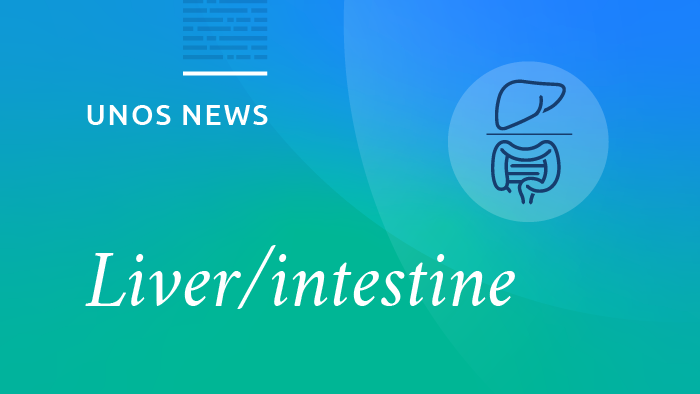A data report is available in the Liver and Intestine section of Resources on the OPTN website. The report contains key measures of the new liver and intestinal organ allocation policy for its first 12 months of operation.
Given the impact of the COVID-19 pandemic on candidate listing and transplantation, the embedded tables and charts denote activity before and after the World Health Organization’s declaration of the pandemic on March 11, 2020, where relevant.
Since much of the post-implementation period has coincided with the pandemic, its effect on system performance should be considered. Keeping that in mind, several key trends are apparent:
- As intended, the policy has begun reducing geographic variability in median MELD scores at transplant. This is more apparent for larger geographic areas such as region and state than by individual DSA or transplant programs.
- As anticipated, the policy has increased transplant rates for more urgent MELD/PELD candidates and for pediatric candidates between the ages of 12 and 17.
- Despite the effects of the pandemic, the number of livers transplanted in the post-policy era was essentially the same as before, with a slight increase in the number of livers used in multi-organ procedures and a slight decrease in liver-alone transplants.
- The number of waiting list removals decreased for reasons of patient death or being too sick to transplant.
- The great majority of liver transplant programs have experienced similar transplant volume before and after the policy change.
- As expected, the median distance between donor hospital and transplant hospital has increased (72 to 141 nautical miles for adult transplants), particularly for adult recipients with higher medical urgency. The median cold ischemic time, however, increased only slightly (12 minutes for adult transplants).
- There was no significant difference in 6-month patient survival.
Subsequent monitoring reports will be posted on an ongoing basis.
Text updated Apr. 29, 2021

